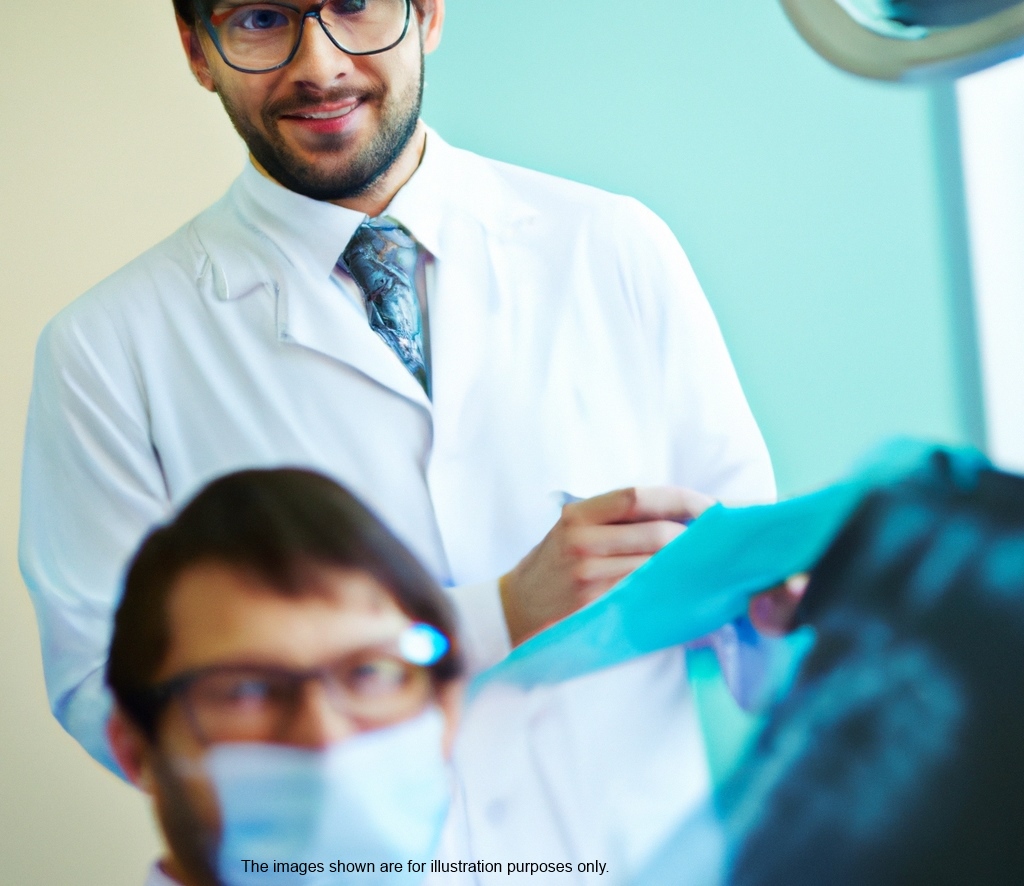Piles

Piles, medically known as haemorrhoids, refer to round swellings, which are
dilated blood vessels, located inside the anal canal - the short, muscular
tube connecting the rectum (back passage) to the anus. These swellings
develop in regions termed anal cushions, often due to straining during bowel
movements.
Piles can affect individuals of any age, but they are more prevalent among
those over 65 years old. Up to three in four people experience piles at some
point in their lives. Being overweight increases the likelihood of
developing piles. Importantly, piles are non-cancerous and are not
contagious.
Types of Piles
Although piles originate within the anal canal, they can protrude from the
anus. They are classified into the following grades:
- First-degree piles: These are swellings on the inner lining of the anal
canal. While they may bleed, they are not visible from outside the anus.
- Second-degree piles: Larger than first-degree piles, these protrude from
the anus during bowel movements but retract on their own afterward.
- Third-degree piles: These hang down from the anus and retract only with
manual manipulation.
- Fourth-degree piles: These permanently hang down from the anus and cannot
be pushed back in. They may become swollen and painful if blood clots form
inside them.
External piles are swellings that develop on the outer edge of the anus and
can be more painful than internal piles.
Symptoms
Typical symptoms of piles include:
- Bleeding from the anus
- A lump around the anus
- Mucus discharge
- Sensation of incomplete bowel emptying
- Itchy skin around the anus
- Swelling and discomfort, particularly after bowel movements (in cases of
external piles)
These symptoms may result from conditions other than piles. If experiencing
any of these symptoms, it's advisable to consult a GP for evaluation.
Causes
The precise causes of piles remain unclear. However, increased pressure
within the blood vessels of the rectum and anus is believed to contribute to
their development. Factors that elevate the risk of piles include:
- Low-fibre diet
- Straining during bowel movements (e.g., due to constipation)
- Pregnancy
- Heavy lifting
- Congenital rectal weakness or family history of piles
- Age-related weakening of rectal support structures
Diagnosis
A GP will inquire about symptoms and conduct a physical examination, which
may include rectal examination using a gloved finger. Additionally, a
proctoscope, a narrow tube with a camera, may be used to visualize the
rectum. Further investigations such as flexible sigmoidoscopy or colonoscopy
may be recommended to rule out other conditions.
Treatment
While most cases of piles resolve on their own within a few days, various
treatments can alleviate symptoms:
Self-help measures involve dietary and lifestyle modifications, such as
consuming a high-fibre diet, staying hydrated, and avoiding excessive
caffeine. Warm baths can provide relief and maintain anal hygiene. If
symptoms persist despite these measures, medication or medical consultation
may be necessary.
Medications such as fibre supplements or mild laxatives can soften stools,
while topical creams or suppositories containing anaesthetics or
corticosteroids can alleviate pain and inflammation. Non-surgical treatments
include banding, sclerotherapy, infrared coagulation, and bipolar diathermy
or electrotherapy. Surgery, known as haemorrhoidectomy, is considered for
severe cases resistant to other treatments.
Prevention
Maintaining soft, regular bowel movements can help prevent piles. This can
be achieved by consuming a fibre-rich diet, staying hydrated, and avoiding
straining during bowel movements.
undo Common Diseases in Singapore